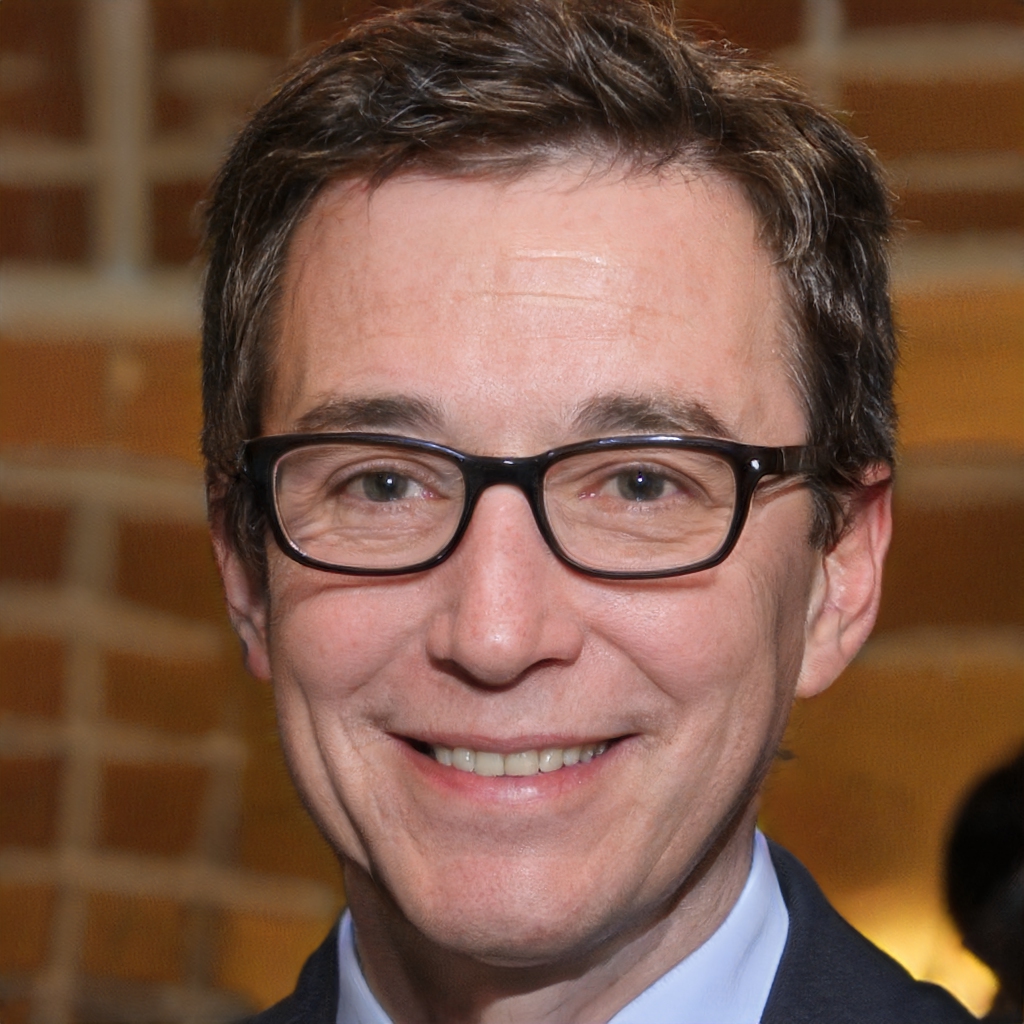Waiting list keeps growing of Floridians needing AIDS Drug Assistance Program
At least 9,000 people in 13 states were on AIDS Drug Assistance Program waiting lists on Aug. 4; more than 3,700 of them live in Florida. # The Drug
Jul 31, 2020142.6K Shares4.9M Views
At least 9,000 people in 13 states were on AIDS Drug Assistance Program waiting lists on Aug. 4; more than 3,700 of them live in Florida. #
The Drug Assistance Programs supply life-saving drugs to patients who are uninsured and unable to afford their HIV/AIDS medications. #
Data from the National Alliance of State and Territorial AIDS Directors(.pdf) and Florida’s Bureau of HIV/AIDS(.pdf) confirms that Florida has by far the longest waiting list in the United States. #
The Bureau of HIV/AIDS August numbers show that three quarters of people on the waiting list live in seven counties: Broward, Duval, Hillsborough, Miami-Dade, Orange, Palm Beach and Pinellas. Broward and Miami-Dade alone have close to 1,600 people on the waiting list. #
A report issued in May(.pdf) by the states’s Bureau of HIV/AIDS indicated that over 70 percent of the people on the waiting list were men, and 40 percent of them were African-American, 27 percent white and 25 percent Latino. African-American women represented over half of the Drug Assistance Program waiting list, according to the report. #
The waiting lists started to emerge in different states in June 2009 as a cost-containment measure to deal with a shortage in funding. #
According to the National Alliance of State and Territorial AIDS Directors’ 2010 National ADAP Monitoring Report(.pdf), #
“„throughout FY2010, ADAPs found themselves in the eye of the “perfect storm:” minimal increases in federal appropriations and fluctuations in state funding, increased program demand due to unemployment and other economic challenges, heightened national efforts on HIV testing and linkages into care, high drug costs, and new HIV treatment guidelines calling for earlier therapeutic treatments. These collective stressors contributed to a fiscal “tipping point” for ADAPs from which recovery will continue to be difficult. #
In March, the U.S Department of Health and Human Services’ Health Resources and Services Administration issued a reportthat alleged that Florida’s Bureau of HIV/AIDSfailed to use “available resources in the best interest of people living with HIV and AIDS” while administering its Drug Assistance Program. #
Florida’s bureau — along with almost 20 other states — has implemented cost-containment measures such as waiting lists and reduced prescription drug lists. Since April, the Sunshine State has been considering changing its income eligibility requirementsfrom 400 percent of the federal poverty level to 200 percent. #
Simply put: Under the proposed change, a person who earns $30,000 a year would not qualify for the Drug Assistance Program. HIV/AIDS drugs cost between $10,000 and $20,000 a year. #
AIDS patients advocates and the Elton John AIDS Foundationhave urged Gov. Rick Scott to not authorize this proposed cut in eligibility. #

Dexter Cooke
Reviewer
Dexter Cooke is an economist, marketing strategist, and orthopedic surgeon with over 20 years of experience crafting compelling narratives that resonate worldwide.
He holds a Journalism degree from Columbia University, an Economics background from Yale University, and a medical degree with a postdoctoral fellowship in orthopedic medicine from the Medical University of South Carolina.
Dexter’s insights into media, economics, and marketing shine through his prolific contributions to respected publications and advisory roles for influential organizations.
As an orthopedic surgeon specializing in minimally invasive knee replacement surgery and laparoscopic procedures, Dexter prioritizes patient care above all.
Outside his professional pursuits, Dexter enjoys collecting vintage watches, studying ancient civilizations, learning about astronomy, and participating in charity runs.
Latest Articles
Popular Articles